A modern car grille is an essential aesthetic feature that combines form with function … or does it? Many brands have incorporated ever-larger grilles but also other intakes into their design language. A great example of this is Audi with their “Single Frame”. Are such large grilles necessary? No, large portions of these intakes are not even open and are just covered with plastic inserts.
So why are they even there to begin with? Part of the reason is past ignorance, another part is present ignorance and, finally, car companies want to give consumers what they think they want.
One assumes that car design is the pinnacle of what it means to marry form and function. In reality, the key factor in a car’s success is its styling. Which would you choose, the ugly car with 0.05% less drag and a radiator that is 200g lighter or the car that will turn heads? This means that, in practice, the designer has far more latitude in shaping the car, while the engineer has much less influence, only making sure it is not worse than the outgoing model.
Good design needs to convey the brand’s aesthetic identity through recognisable design cues. A key feature of a car’s “face” is its grille and so it makes sense to carry a brand’s aesthetic forward by reinterpreting past versions of this critical feature. This is especially true for brands such as BMW or Mercedes.
Past Ignorance
Before the 90s it was common to place the opening for the radiator between the headlights. This intuitively feels like the right place for an inlet, since it is right at the front, pointing in the direction of the oncoming airflow.
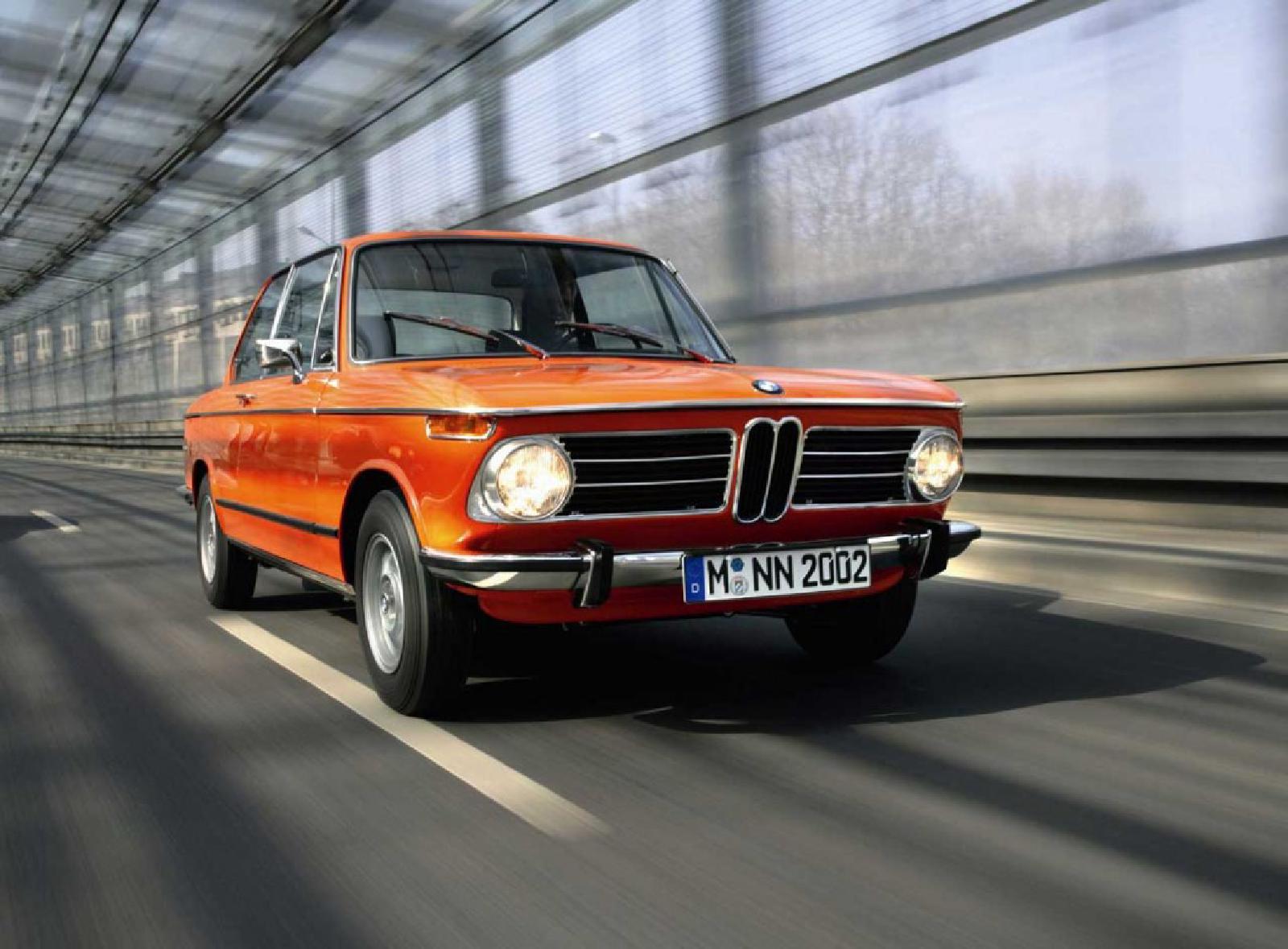
The BMW 2002 from 1973 had the grille between the headlights, a layout that can still be found on modern BMWs. © BMW AG
What the engineers did not realise at the time, was that the air behaves differently to what we expect at the bumper. To understand this, one has to imagine the car blocking the flow. The oncoming air is redirected to the sides, downward and upward. We tend to underestimate the fact that the space for the air under the car is limited, so far more air goes over the car. This means that at the bumper, most of the air has an upward trajectory as opposed to flowing straight into the grille opening as one would expect.
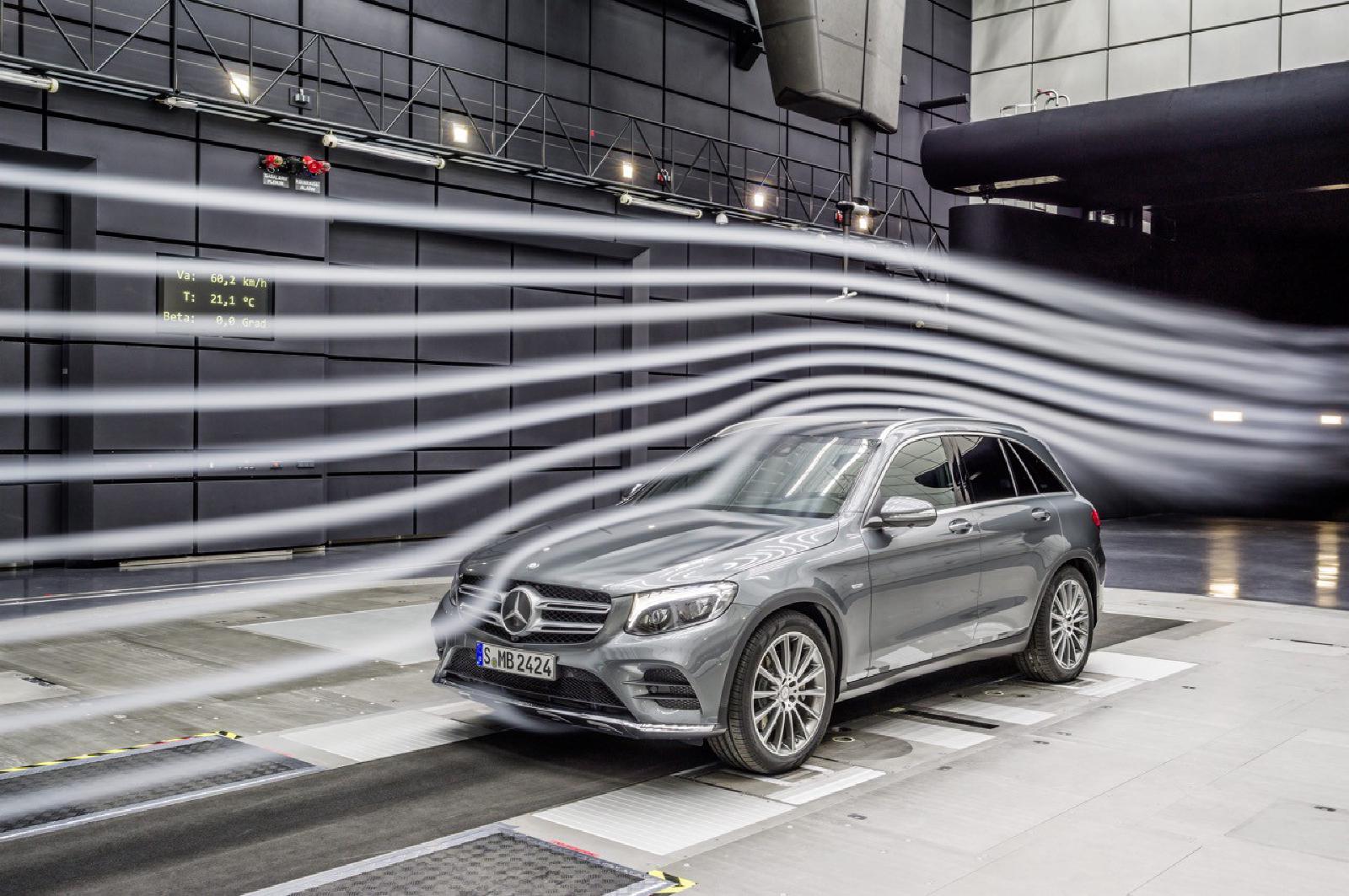
A Mercedes GLC in the wind tunnel. Instead of flowing straight ahead into the cooler grille, the flow is directed upward over the car. © Mercedes Benz AG
Today, engineers have wind tunnels and 3D flow simulation tools at their disposal, so we now understand that the best place for a radiator inlet is at the bottom of the bumper. If you have a closer look at any modern car, chances are that it will have a large opening at the bottom of the bumper in addition to the aesthetic grille between the headlights.
Present Ignorance
The present ignorance lies with the consumer. Most consumers do not understand that many of the holes in their front bumper and especially the grille between the headlights are only styling flourishes. If they did, I am pretty sure that this design trend would quickly fall out of favour with the consumer. A great analogy for this are fake wood countertops or faux industrial style furniture. These just lose their appeal because we know they are not genuine.
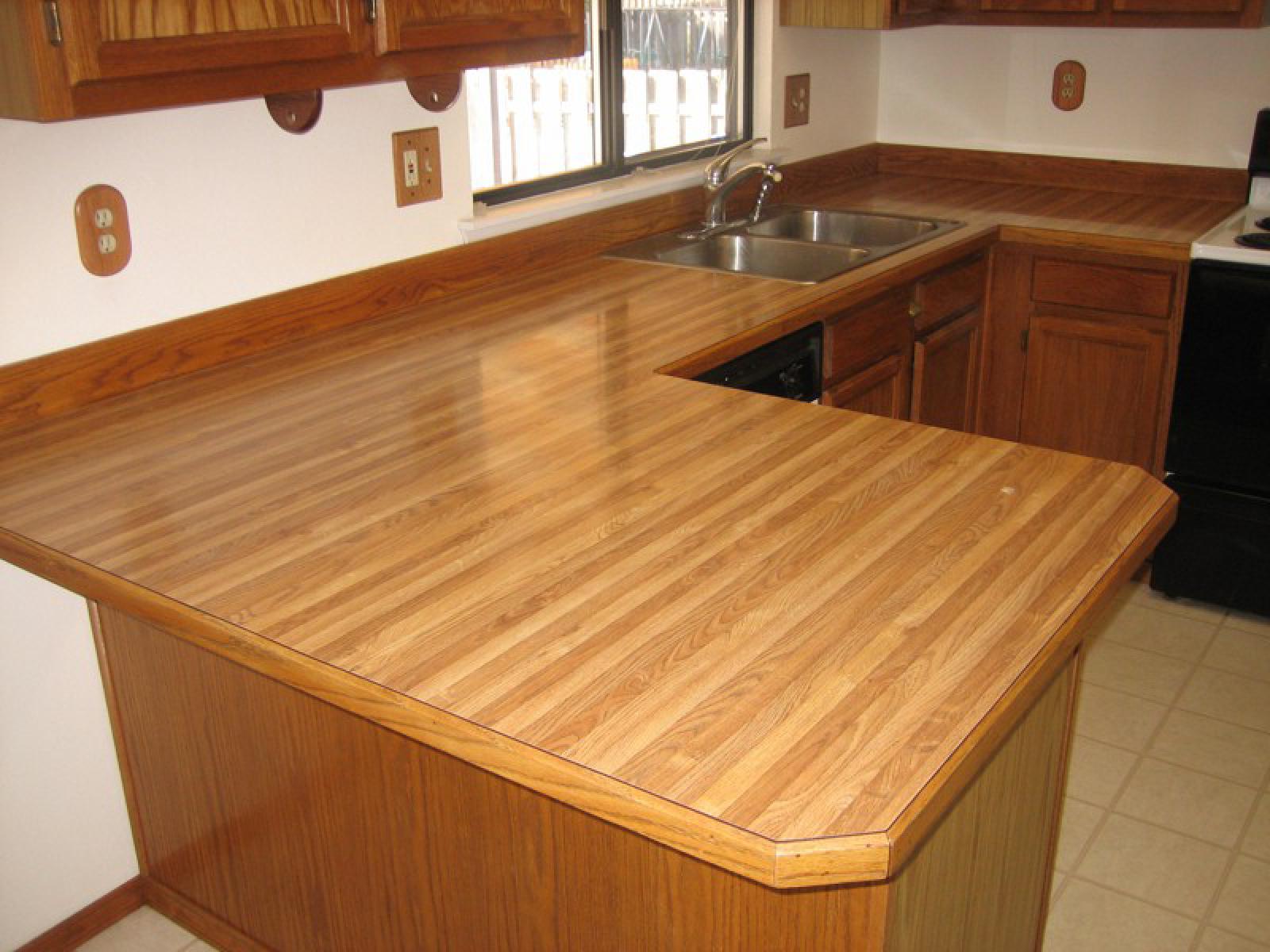
Fake wood countertops, the equivalent of oversized and fake bumper intakes.
What the consumer wants
Many car companies have embraced the grille and made it more prominent in their designs, even though we know that they only need to be a fraction of their size to work effectively. It is assumed that customers cannot relate to cars without grilles and that bigger grilles give cars a more aggressive and sporty look.
But approaching the problem from this angle is counterproductive. Adding design features that hurt the performance of a car simply because that is how it was always done runs counter to many of the great design philosophies in product design and architecture. Form should follow function, at least in those areas where form has a key influence on performance. This design problem should be taken up as a challenge by the current generation of designers, hungry to leave their mark.
In fact, it has already been done. While BMW and Audi have increased the size of the grille on all of their latest models, Tesla and Porsche have proven that not having a grille can be aesthetically pleasing and does not even need to look like a radical departure in styling.
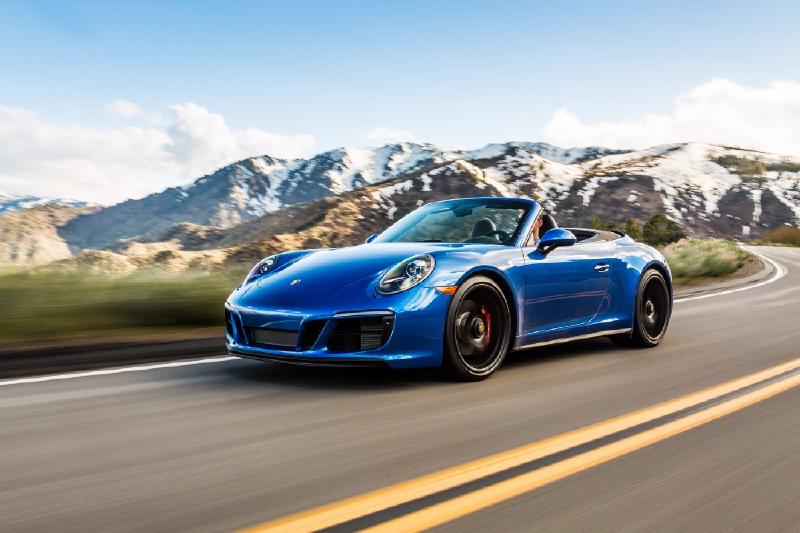
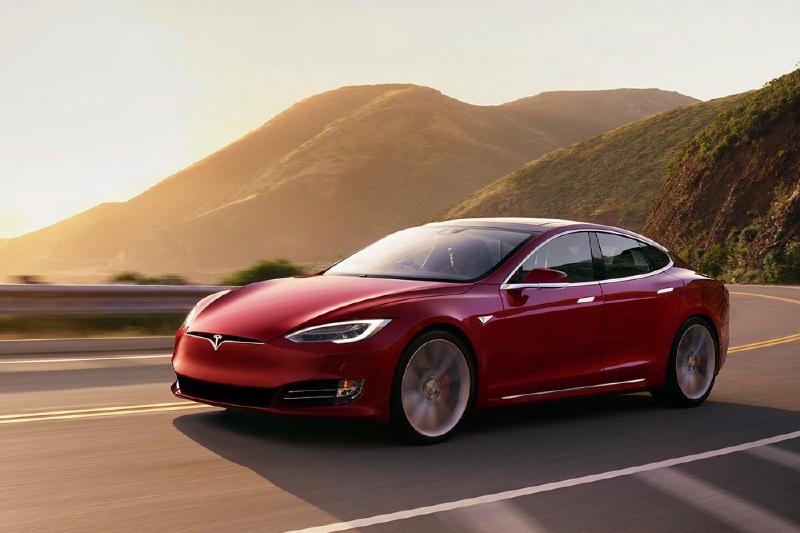
The Tesla Model S and the Porsche 911 do not have a grille between the headlights and yet, they do look pretty good from this angle…
So what is the point?
The grille should be consigned to history. We know today that a narrow opening at the bottom of the bumper will supply more than enough air for a car’s cooling requirements (be it for internal combustion engines or electric cars). Car designers should embrace the new freedoms this provides them. After all, when cars were first conceived we did not paint horses on their hoods either.